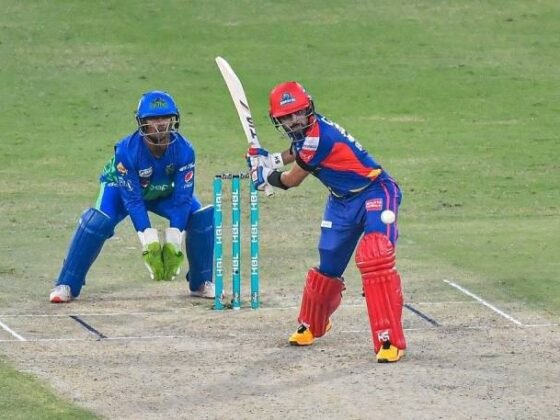
Something between 96 to 104 per cent of the LPA is taken into account as a “regular” monsoon.
Something between 96 to 104 per cent of the LPA is taken into account as a “regular” monsoon.
The India Meteorological Division (IMD) had revised the monsoon forecast to 98 per cent of the LPA in June after earlier pegging it at 96 per cent.”The primary two months of the monsoon season witnessed three per cent extra rainfall above regular, whereas the remaining two months witnessed deficiency of 12.5 per cent,” stated M Rajeevan.The rainfall season in India begins from June 1 and ends on September 30.
Of the 36 climate subdivisions of the nation, six — East Uttar Pradesh, West Uttar Pradesh, Vidarbha, Punjab, the cluster of Chandigarh, Delhi and Haryana and East Madhya Pradesh — acquired “poor” rainfall.
M Rajeevan stated the southern peninsula, the east and the northeast areas acquired good rainfall.
The season additionally witnessed a number of elements of the nation similar to coastal Maharashtra, together with Mumbai, Gujarat and Rajasthan and the northeastern states, being battered by extraordinarily heavy rainfall.The monsoon was not that unhealthy and there was additionally no cause to anticipate drought in elements of the nation, M Rajeevan stated.
“There could possibly be some influence on agriculture in some elements of the nation, however the Agriculture Ministry is in a greater place to speak on this,” he added.
A number of elements of the nation are witnessing agriculture misery.
Earlier this yr, there have been studies that an El Nino, a phenomenon related to the heating of Pacific waters, might influence the monsoon.
However the IMD had downplayed it and later revised the monsoon forecast to 98 per cent of the LPA.
It had additionally stated that there have been prospects of a optimistic, however weak India Ocean Dipole (IOD). The IOD is related to the heating of the waters of the Indian Ocean and a optimistic IOD can have a superb affect on the monsoon.
“We had stated that the monsoon could possibly be 98 per cent of the LPA with an error margin of 5 per cent. So, that’s effectively inside our forecast,” M Rajeevan stated.
He attributed the slack within the rainfall in August and September to the typhoons over the Pacific Ocean and a unfavourable IOD as a result of warming of the east Indian Ocean waters.
“We do not know the precise cause behind the low rainfall within the final two months of the season. Our scientists are finding out the explanations behind this,” he stated.
The Southwest monsoon’s onset over Kerala was on Might 30, two days earlier than its regular arrival date whereas it began withdrawing on September 27, 12 days after its regular withdrawal date.
Within the final 4 years, three rainfall seasons have been beneath regular. Beneath regular rainfall was registered in 2014, 2015 and 2017 whereas 2016 recorded regular rainfall.










